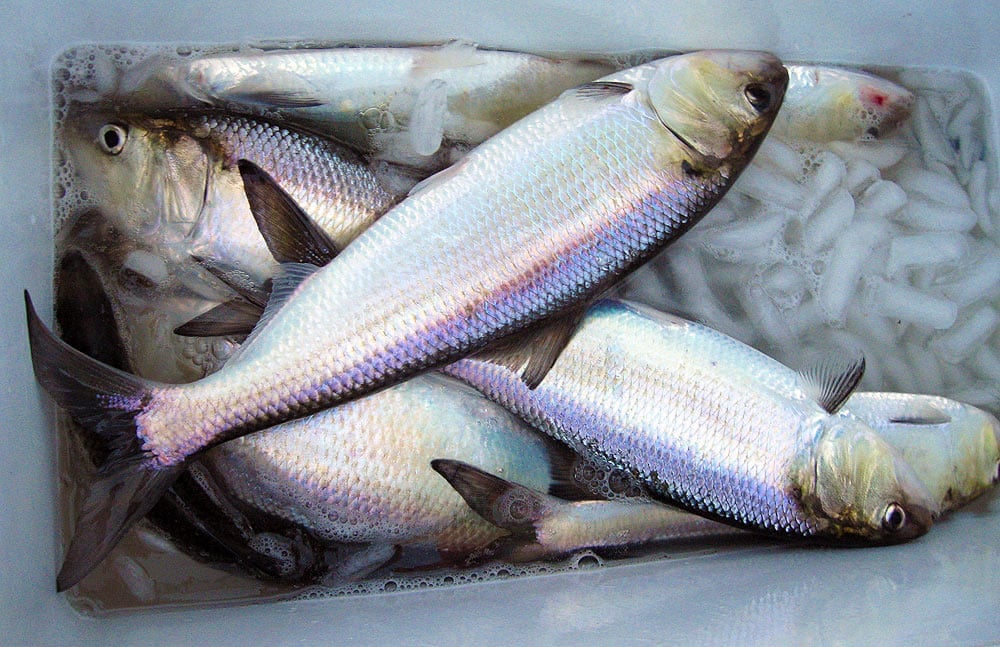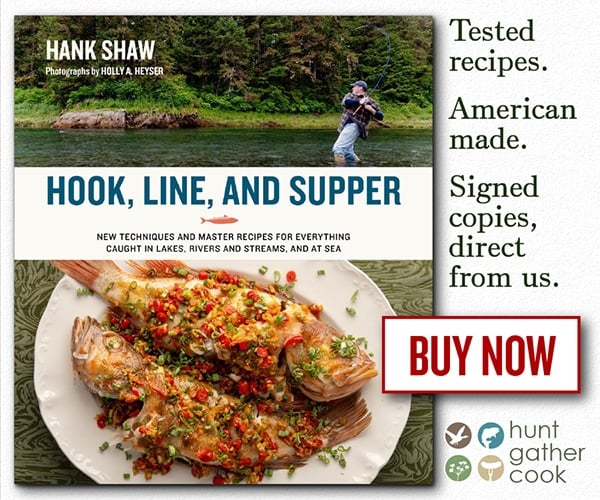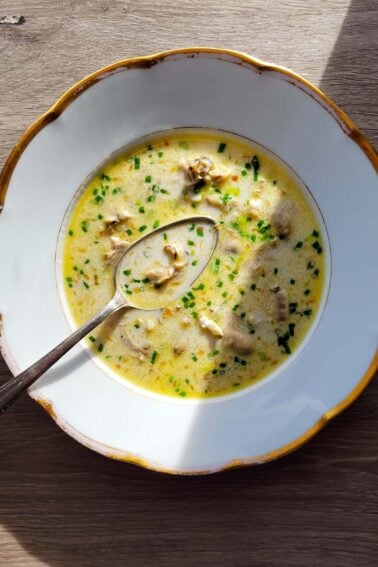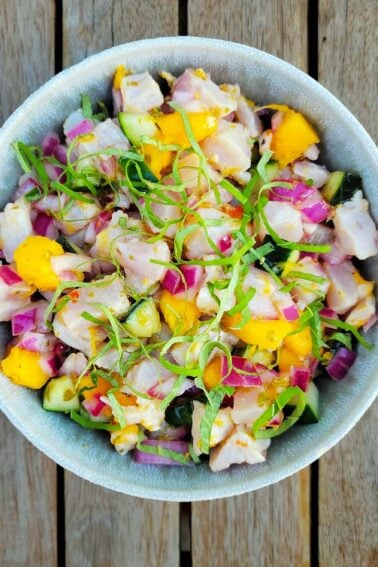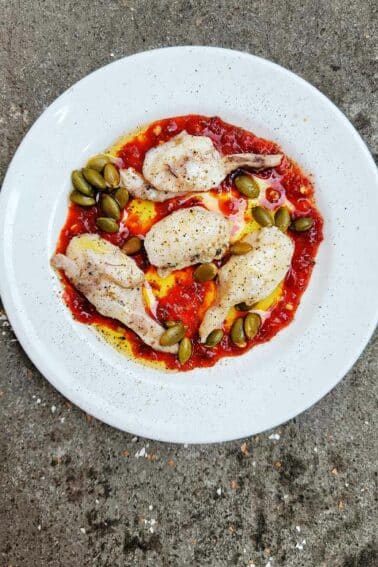As an Amazon Associate I earn from qualifying purchases.
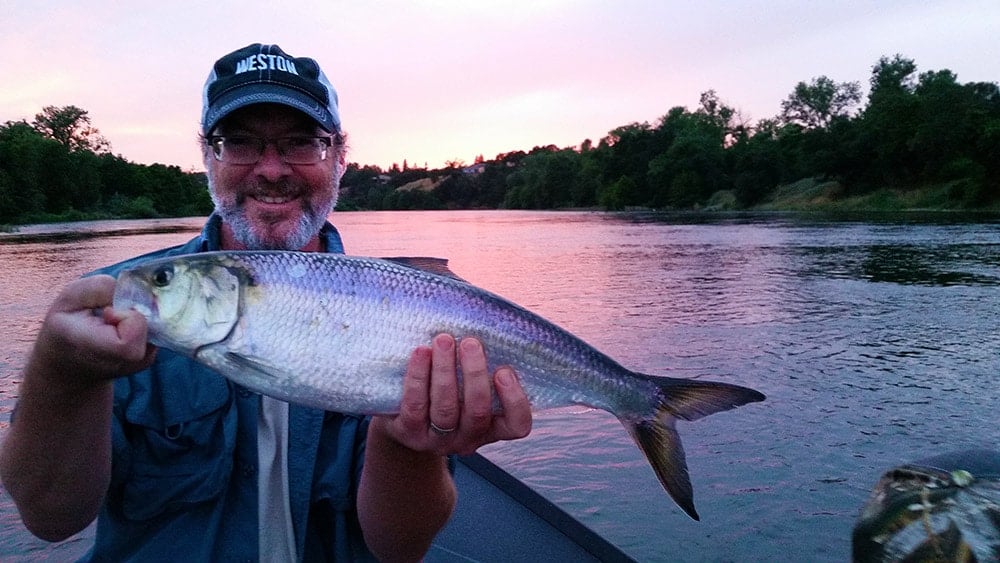
There was a time when the American shad was part of the rhythm of our spring, the way hunting turkeys or planting a garden is for many other folks. The great shad fish run, whether it is up an Eastern River or a Western one, is a singular event.
Thousands, and, in the West, millions, of fish swarm the rivers waiting for the temperature and flow to hit their sweet spot to spawn. Those anglers waiting for them can hook into a bonanza. Miss the run, and you are out of luck for a year.
Holly and I fished with our friend Jon Harrison of Five Rivers Guide Service last week and hit the run on the head. We were catching shad at will until a cold front blew in, and even after we still managed to land a dozen more, for more than 30 fish to the boat in four hours. We kept a dozen to eat fresh, smoke and pickle.
We are outliers. Shad no longer enjoys the favor it once did. The world’s greatest herring, its Latin name, Alosa sapidissima, means “the best shad to eat.” whole books have been dedicated to singing shad’s praises. George Washington was fond of the fish, and Thomas Jefferson always had it on his spring menus. Every restaurant from the Canadian Maritimes down to Florida would feature shad and its wonderful roe on spring menus; a few still do.
Then, in the 1870s, we brought shad West, and the species surpassed anyone’s wildest dream of success. The Columbia River run numbers 3 million or more, even today. In 1917, the commercial shad fishery netted nearly 6 million pounds of shad here in Sacramento.
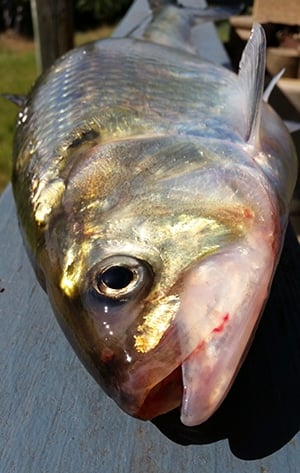
The meat of a shad can be better than that of the finest salmon. Seriously. Big hen shad lay up a huge store of fat: Some have as much marbling as the fattest farmed salmon. And if you bleed the fish when you catch it, the flesh is ivory white. The closest analog to it I can describe to you is a white king salmon or a sablefish — also called butterfish here in the West because they are so silky. And I am not even talking about the roe, which, among fish eggs, is second only to sturgeon caviar in flavor.
So what happened? The fish stocks are fine here in the West, and, after a long struggle, are recovering in the polluted East. What happened was, in a word, laziness.
The paradox of shad is that all that fine flesh is locked in a cage of bones. Lots of bones. More bones than any other fish I know of, and I have caught and eaten hundreds of species over the years. The skill to debone a shad was once a given among fish mongers and good shad anglers. But it is now a lost art.
(If you are up to the challenge, there is a great video tutorial. Part I is here, and Part II here.) I can debone a shad, but I am not terribly good at it. I admit to being too lazy to debone most of my shad, and I am pretty sure you will be, too, unless you dedicate yourself to the art; you’ll screw up dozens of fish before you get it down pat.
A shad is so bony there is an old Mi’kmaq Indian myth that tells of an unhappy porcupine, who, sad about his lot in life, asked the Great God Manitou to help him. Manitou must have one helluva sense of humor, because he turned the porcupine inside out, changed him into a fish, cast him into the river and named him shad. Nice god, eh?
Before you even get to the kitchen, you should know a few things about handling shad for the table:
- Hens are bigger, wider and, obviously, will have roe. They are fattier, but being larger, they have thicker bones. Little shad are almost always bucks, and are useful for pickling.
- When you catch a shad you want to keep, bonk it on the head and pop the gills to bleed it. Shad are incredibly bloody fish, and you want that blood out of the meat. Do this by grabbing the fish by the mouth and hanging it over the side of the boat, or in the river for a minute or so.
- Get the fish on ice ASAP. Being herring, shad spoil quickly. Ice is your friend. If you have the fish on plenty of ice, you can wait to gut them until the following morning if you were fishing at sundown.
- When you gut, know that the bottom of a shad is a bony keel. So make your incision to gut from the anal vent along the bottom side of the fish, being very careful to use only the tip of the knife. Run the knife tip along the belly meat and you will not slice open the roe sacs.
- For the most part, you need the skin on the fish. Smoked shad need not be scaled, but every other preparation below requires skin-on, scaled sides of shad.
So how do you handle all those bones? Let me walk you through your options.
First and best, learn to debone a shad with those videos I linked to above. If you do this, and have yourself deboned fillets, the greatest thing you can cook with them is to slather your fillets with sweet butter, cover with fine, seasoned breadcrumbs and broil until everything browns nicely.
Second best is to use your fillet knife to make dozens of thin cuts perpendicular to where the shad’s spine was, in order to cut through the little bones. You then dust the shad in tempura batter and deep fry. Here is the full recipe and details on the technique.
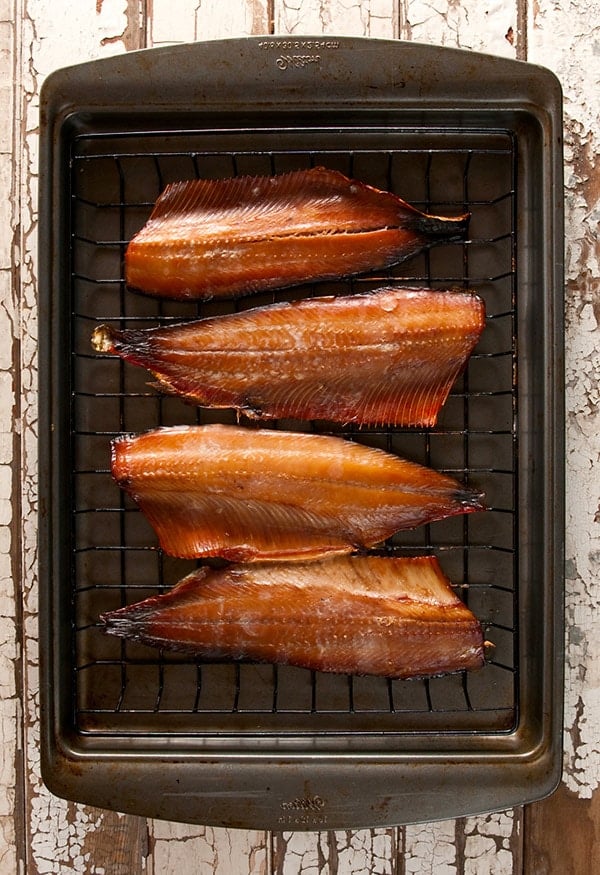
Another excellent option is to make smoked shad. This will not dissolve the bones, but you can flake out the smoked meat and use it to make some of the best “tuna salad” sandwiches you’ve ever eaten. When I am not feeling like fried fish, this is what I do a lot. You can also pound the flaked, smoked shad with butter and such and make shad rillettes or pate. Follow my recipe for salmon rillettes and sub in shad. Smoked shad is also a good addition to shad cakes.
How to make them? Two ways. First, you can poach the shad in broth or salted water and then flake out all the meat, using the meat to make fish cakes like my recipe for fish cakes with wild rice; I use this recipe for another bony fish, the northern pike. Or, you can chop the skinless shad roughly, bones and all, and buzz it in a food processor. This renders almost all the bones so small you won’t notice them in the cake.
You can also pickle shad, especially the little males, called bucks. They are often not too much larger than a herring, and they make excellent pickled fish. I’ll have a recipe up for them soon, but for now use either my recipe for pickled pike or my Swedish pickled herring recipe. This works because the acid in the vinegar dissolves the little bones.
Some people like to bake their shad for hours and hours, which will soften the little bones. Not my favorite. Ditto for pressure-cooking shad, which does the same thing faster. Shad is already a soft-ish meat, and these methods make the meat softer, which I don’t like. But to each his own.
One final option is to ditch your fork and pick up chopsticks. It is well known that Sacramento’s Southeast Asian community loves to catch and eat shad, and when you talk to them, they are just steaming or frying the shad and picking through the bones with chopsticks — it is way easier than with a fork, I can attest.
